For over seven decades, the Pañamarca archaeological site in north-central Peru has been a treasure trove of insights into the Moche civilization’s rituals and way of life, spanning from the 1st to the 8th century. In a recent groundbreaking discovery, archaeologists unearthed 1,400-year-old murals featuring two-faced figures within a ceremonial hall. These murals not only captivate with their vividness and exceptional preservation but also stand as a singular find in South American archaeology for their portrayal of movement and the narration of dual stories.
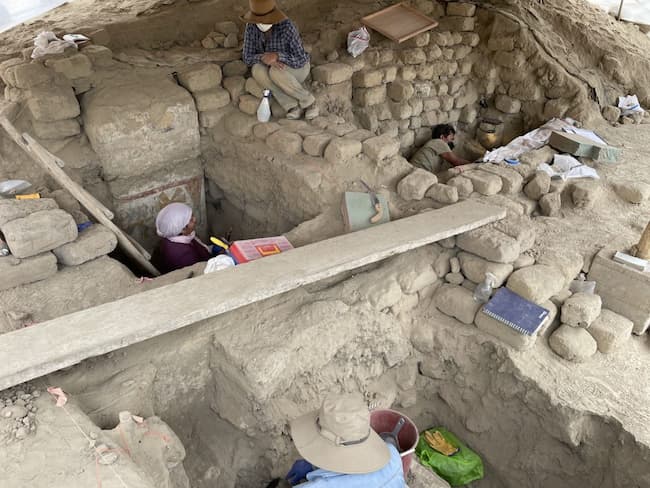
Lead archaeologist Jessica Ortiz Zevallos expressed, “These murals are beautiful windows into our past,” underscoring their immense historical significance. The murals shed light on the Moche people’s perspectives and priorities, particularly their meticulous representation of religious practices intertwined with the supernatural realm. The upper section of the pillar showcases a two-faced figure, adorned with a sun crown, holding a striped fan and a goblet featuring four graceful hummingbirds. Meanwhile, the lower portion depicts the two-faced figure with a fan and a partially preserved stick.
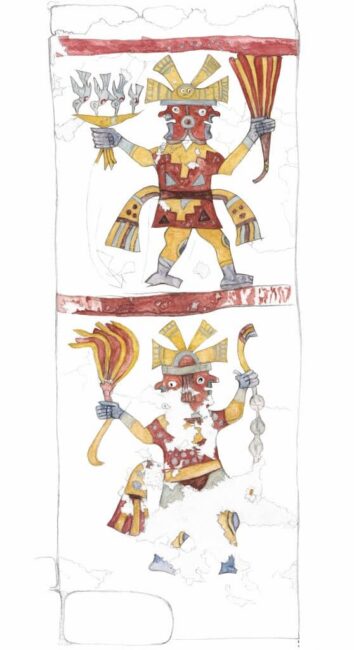
Noteworthy in this mural is its striking humanity, distinct from typical Moche art, which often incorporates supernatural elements like fangs or wings. According to Lisa Trever, a professor specializing in Pre-Columbian art history and archaeology at Columbia University, “this one, with the exception of the two faces, seems entirely human.” This departure adds a layer of intrigue to the mural’s narrative.
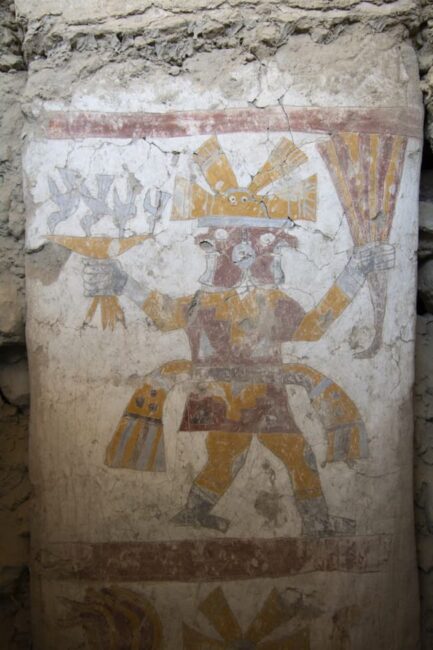
The discovery unfolded within Pañamarca’s pillared hall, initially explored in 2010. Notably, this hall boasts an unusually high concentration of mural paintings, leading experts to surmise that it served as a space reserved for esteemed leaders and community elders. The narrow passageways further support this hypothesis, painting a picture of a place of paramount importance.
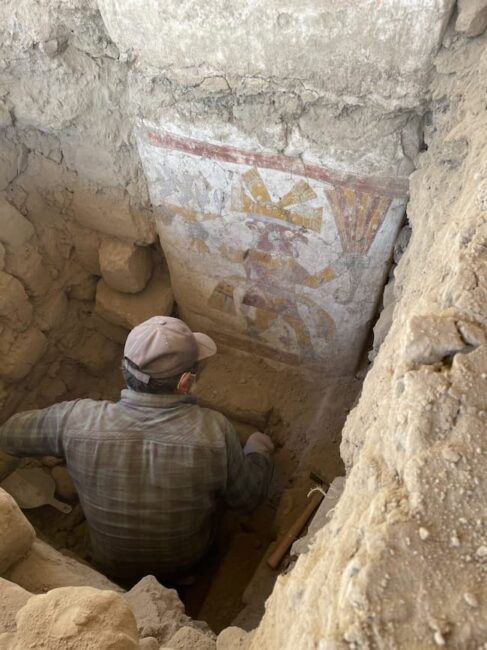
Perched in Peru’s Nepeña Valley, Pañamarca is an architectural marvel believed to have been constructed by the Moche between 550 and 800 C.E. To date, less than 10 percent of the site’s murals have been revealed, leaving much of its historical narrative waiting to be unraveled. The Archaeological Research Project, a team spearheaded by women-led international archaeologists in collaboration with local and Columbia University researchers, as well as experts from the Denver Museum of Nature & Science, is at the forefront of this exploration.
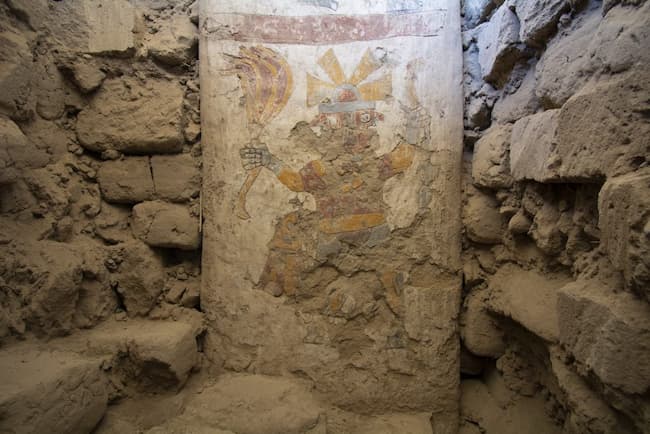
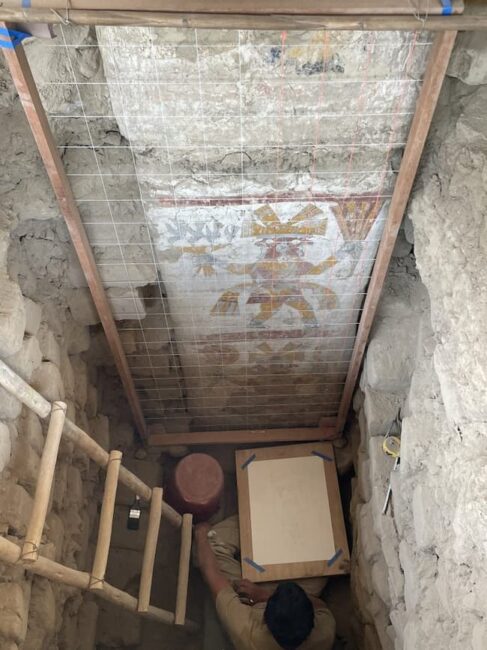
Lisa Trever emphasized, “Our project has the potential to inaugurate a new period of understanding and appreciation of Moche art.” The team’s forthcoming expedition in the summer of 2023 promises further revelations as they delve deeper into the hall’s mysteries. Additionally, a digital repository of photographs and virtual reality assets is in the works, with plans to make many of these resources accessible to the public, ensuring that the legacy of Pañamarca endures through the ages.

